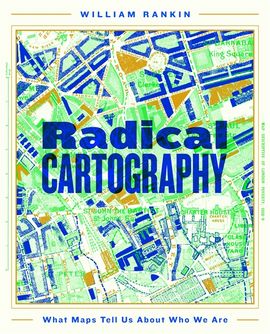
Synopsis
- How can the colours of a map reinforce our biases?
- What does a postcolonial map of the world look like?
- How do indigenous communities use maps to argue for self-determination?
A stunning, thought-provoking exploration of how maps shape our understanding of the world - featuring over 150 beautiful full-colour maps.
'This striking study . . . lavishly illustrated . . . stuns' - Publishers Weekly
‘A true genius of cartography . . . Radical Cartography will make you see maps, and, indeed, your place on the planet, with fresh eyes’ – Daniel Immerwahr, author of How to Hide an Empire
Maps are everywhere. They can change how cities are designed and how rivers flow, how wars are fought and how land claims are settled, how children learn about race and how colonialism becomes a habit of mind. Maps don’t just show us information – they help construct our world.
Cartographer and historian William Rankin argues that it’s time to reimagine what a map can be and how it can be used. Maps are not neutral. They are innately political, defining how the world is divided, what becomes visible and what stays hidden, and whose voices are heard.
Brimming with vibrant, radical maps created by Rankin and by other cutting-edge mapmakers, Radical Cartography challenges the map as a tool of the status quo. Changing our maps can change the questions we ask, the answers we accept – and the planet we build.
Details
Reviews
This striking study . . . lavishly illustrated . . . stuns
Edifying . . . An in-depth, revisionist plunge into the extraordinary world of maps
This is it: the full download from a true genius of cartography. Radical Cartography will make you see maps and, indeed, your place on the planet, with fresh eyes
A fearless, fascinating examination of how maps shape our worldview. This revolutionary text . . . is essential reading for anyone who’s ever taken a map at face value
